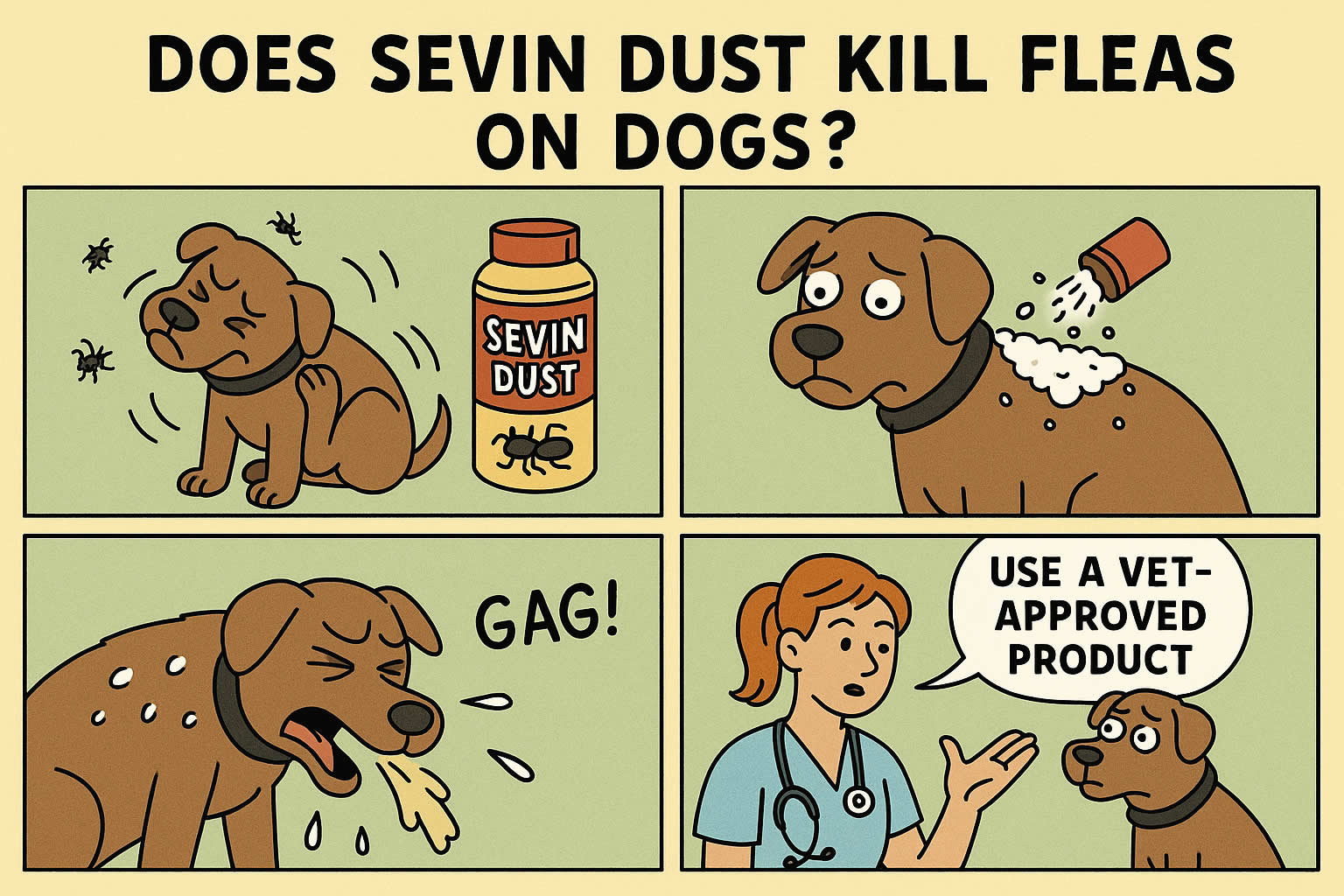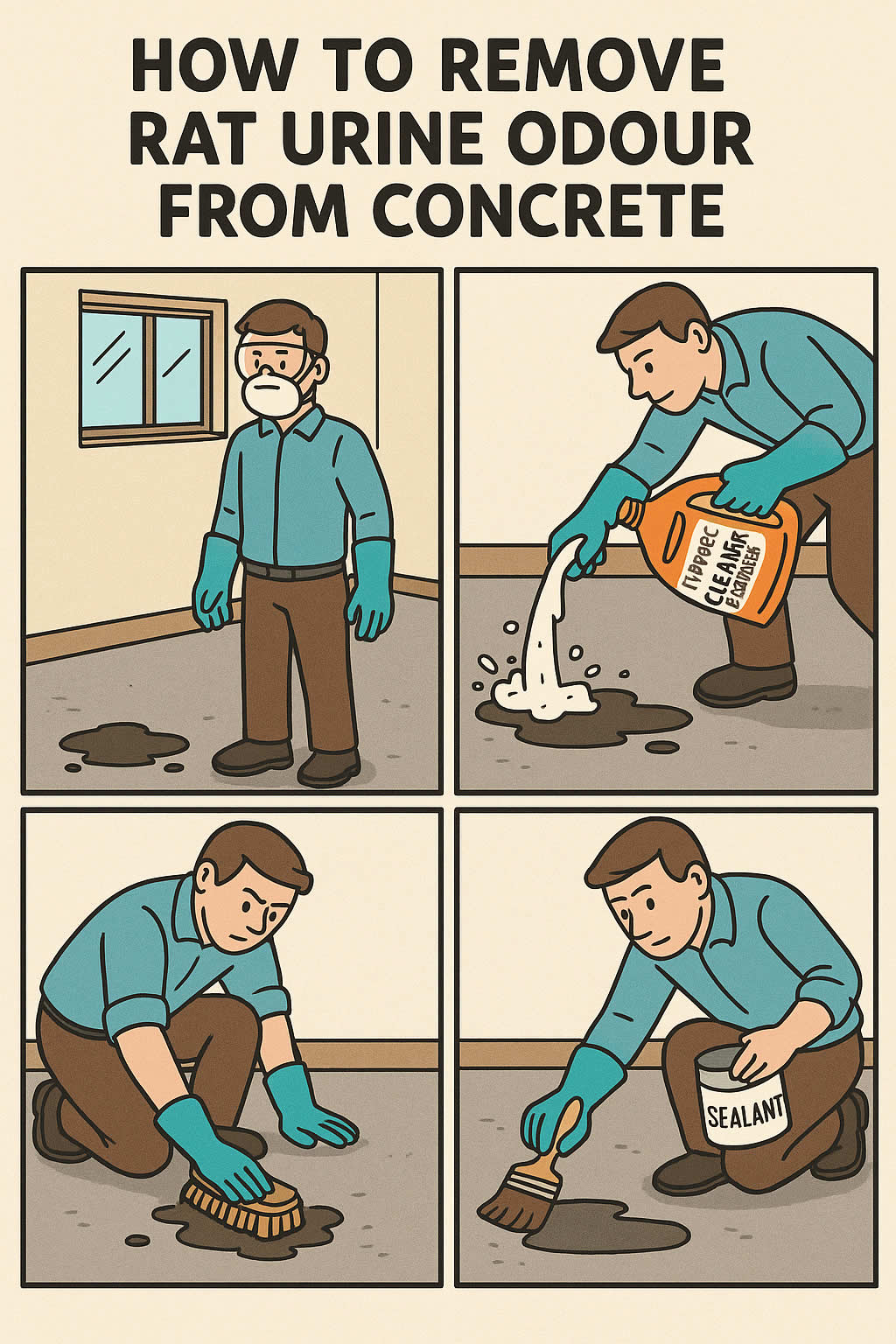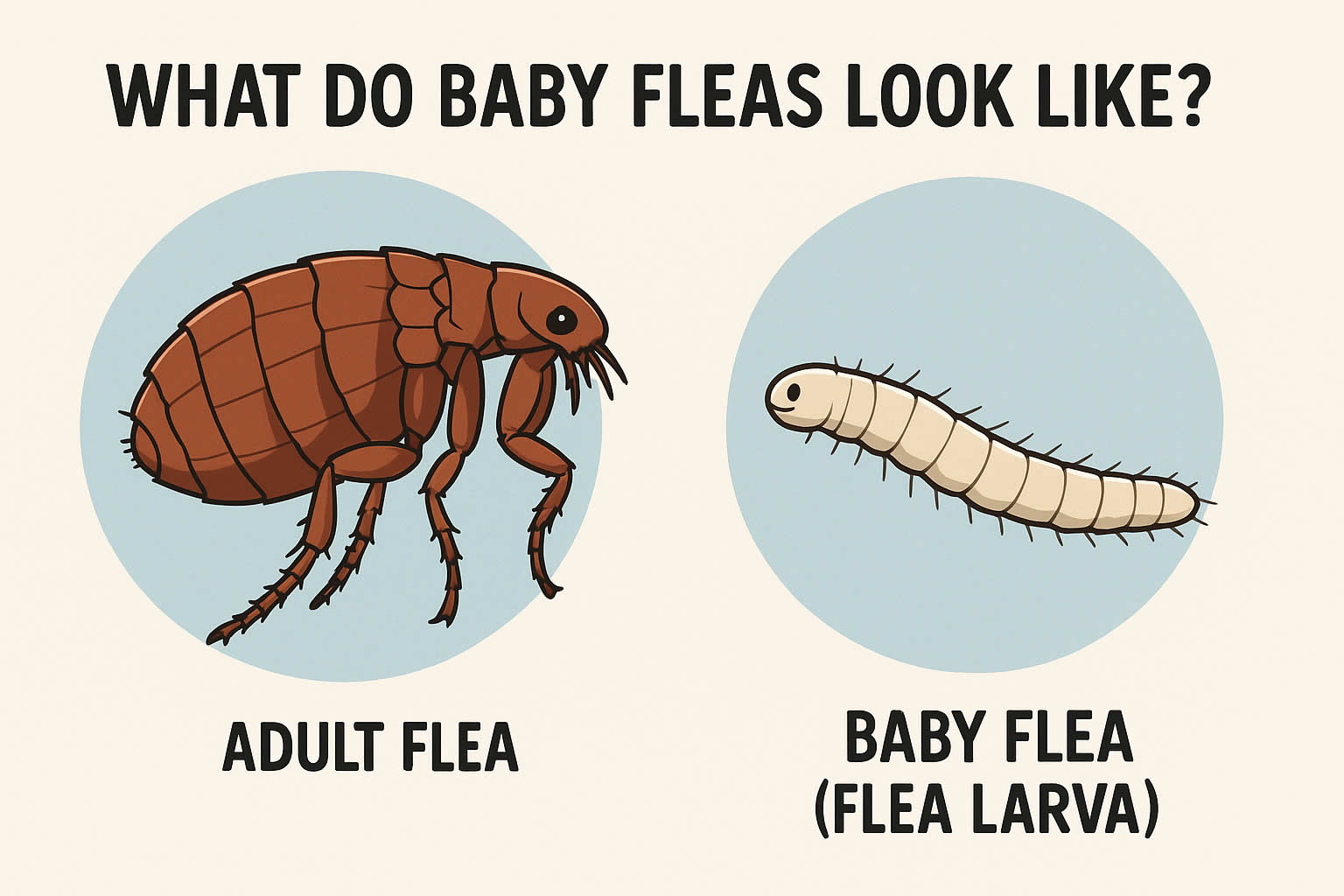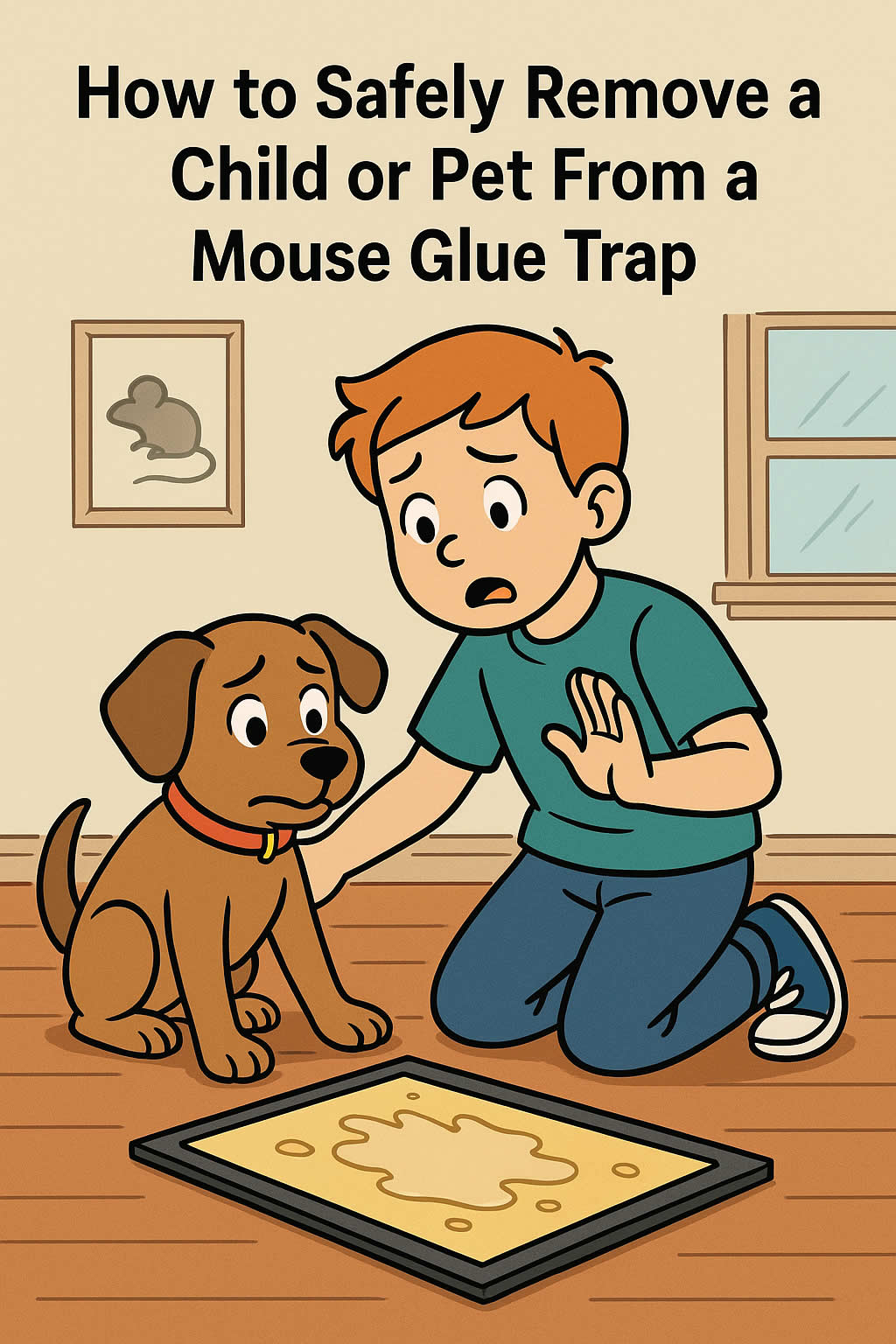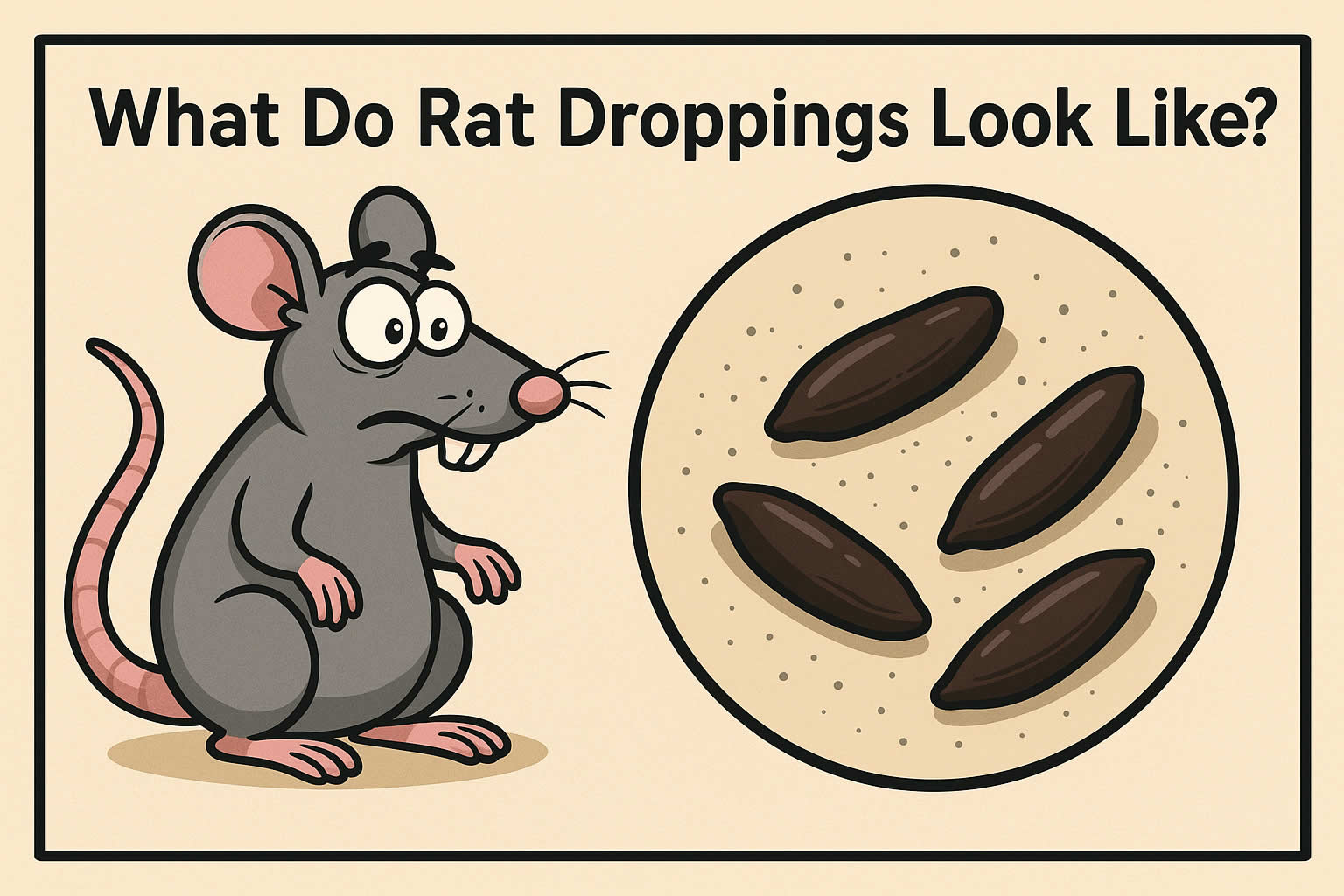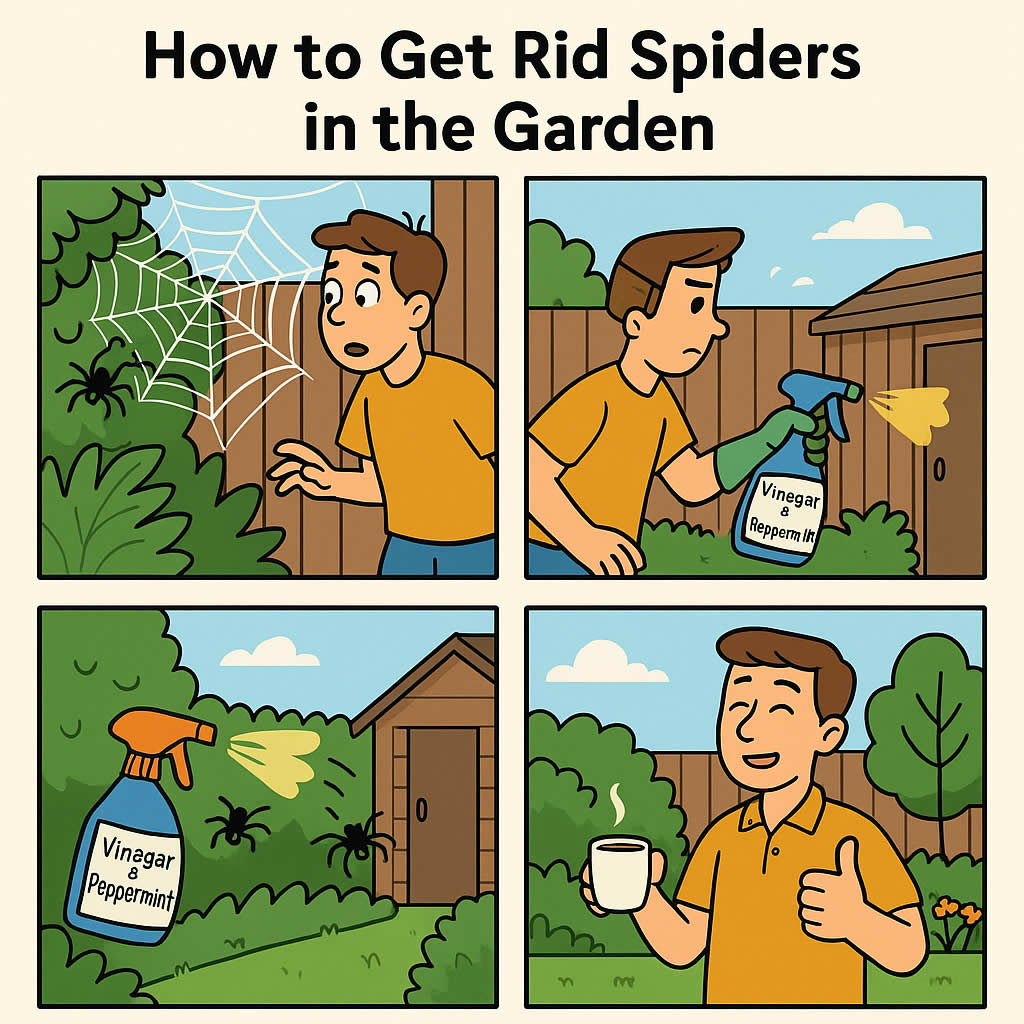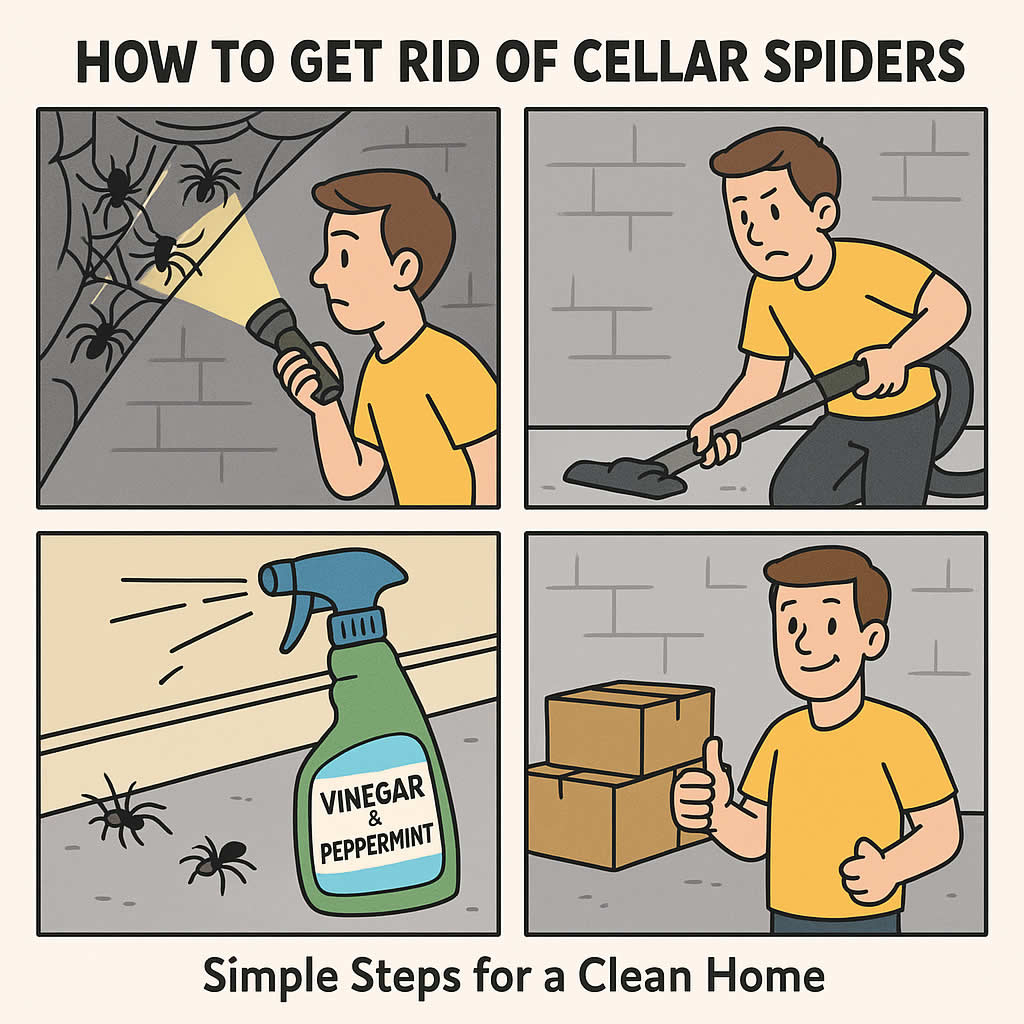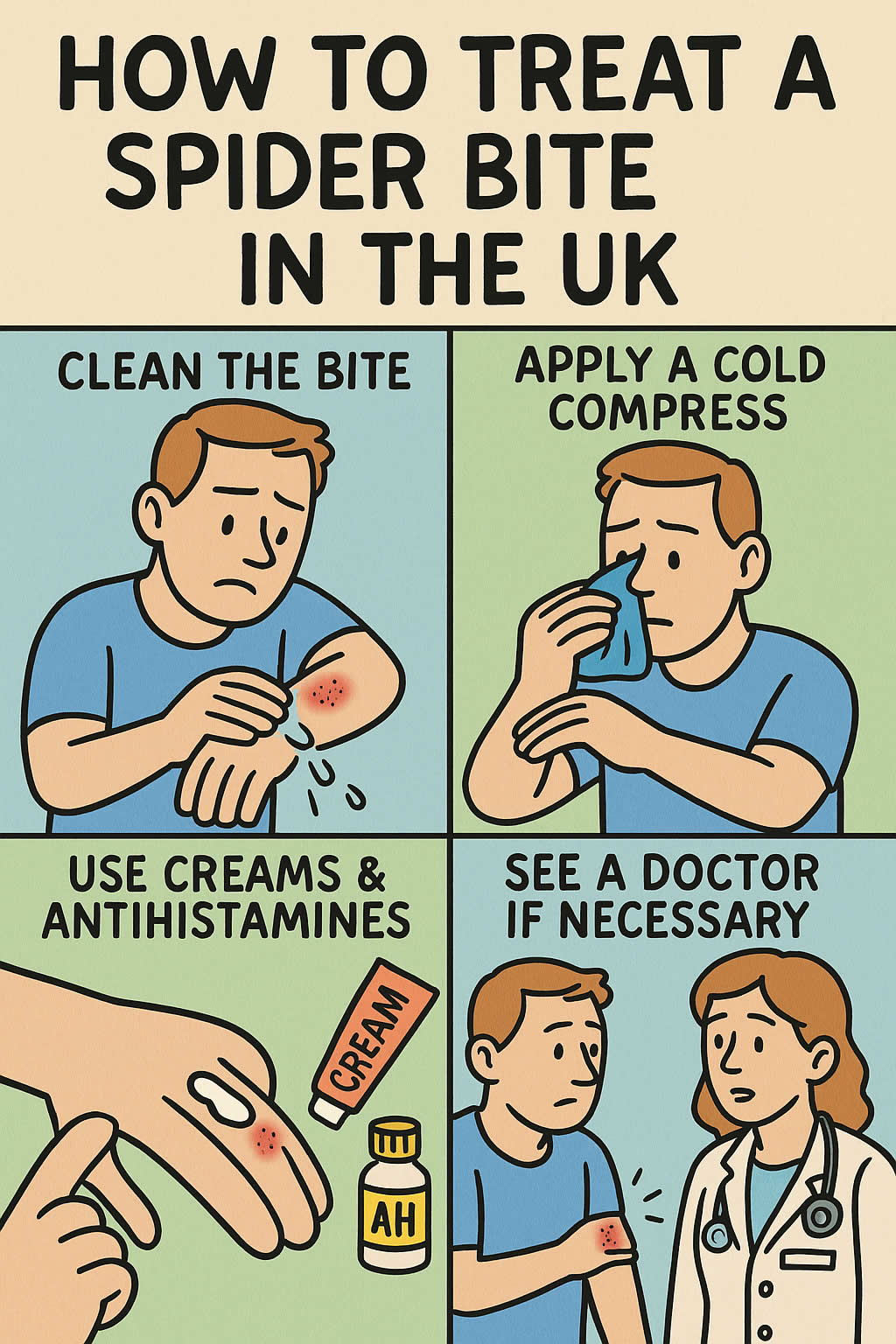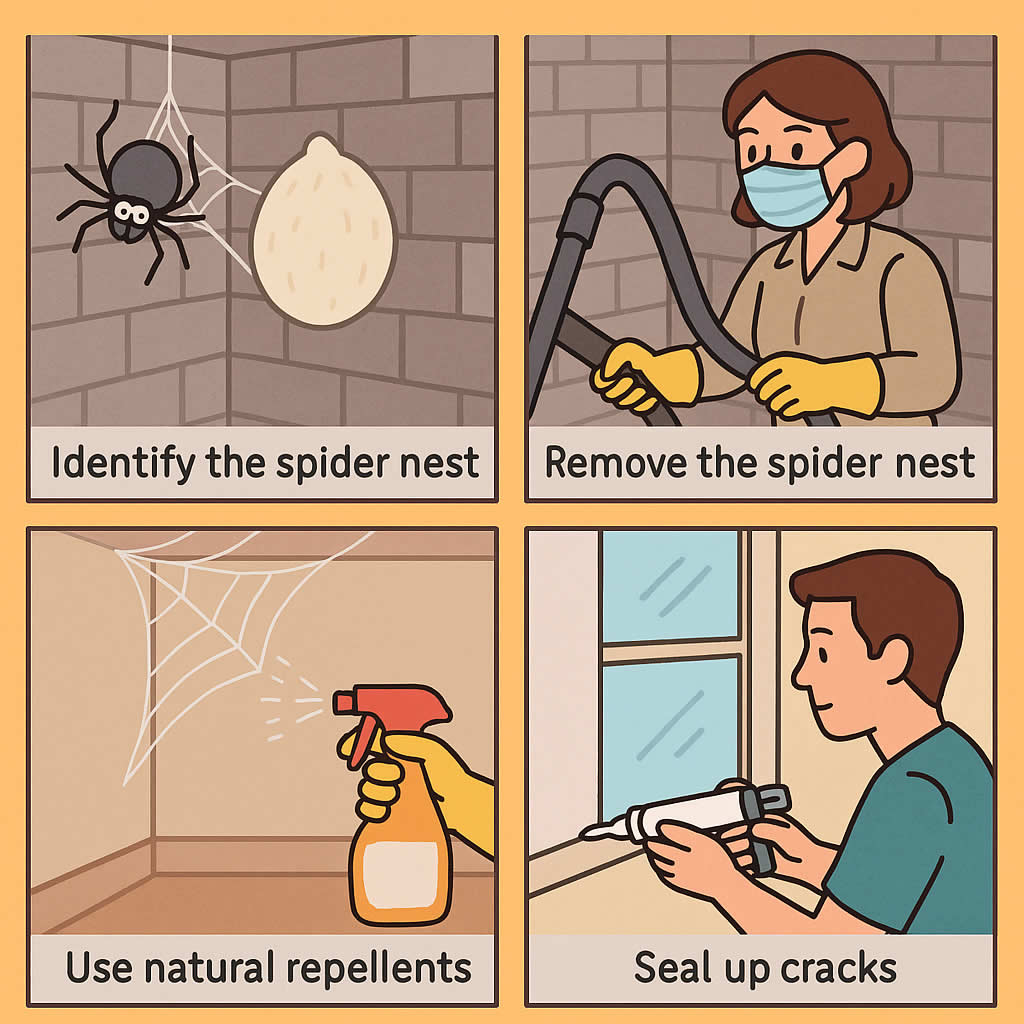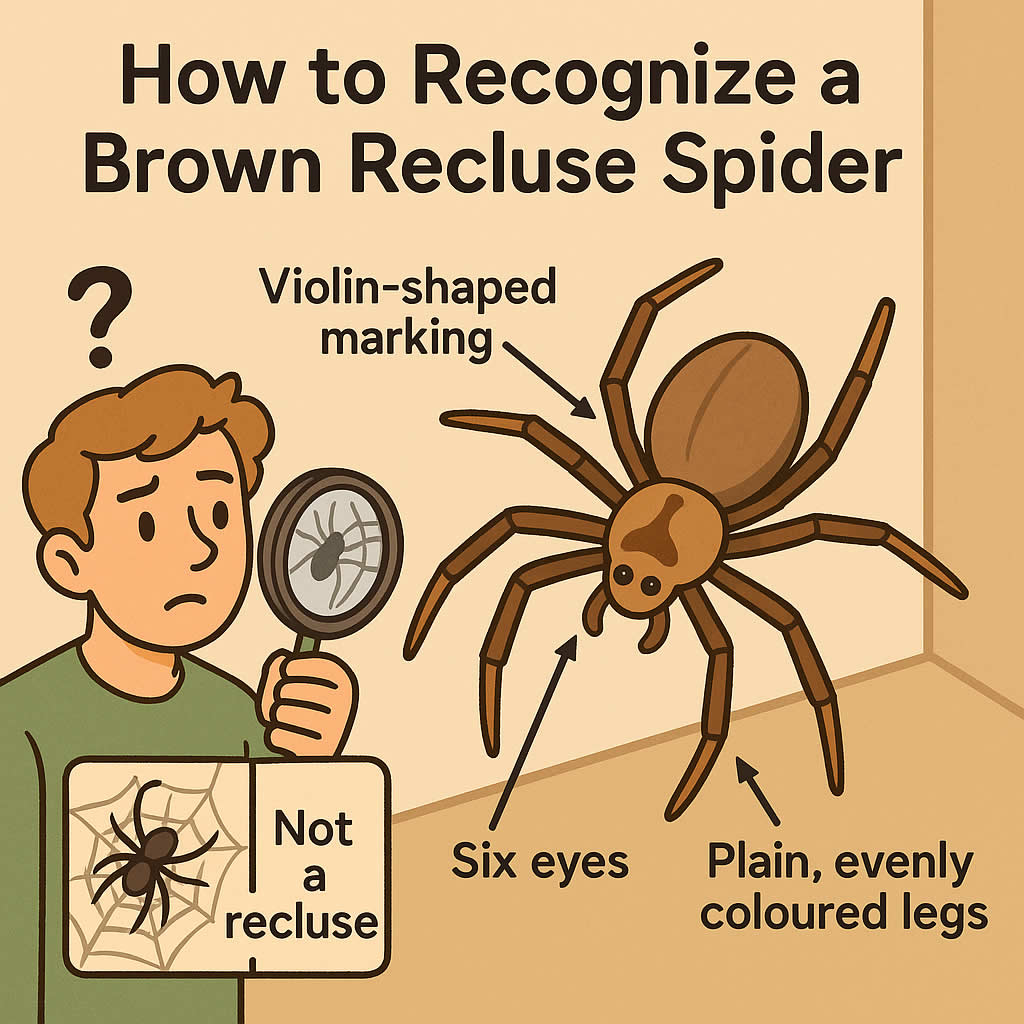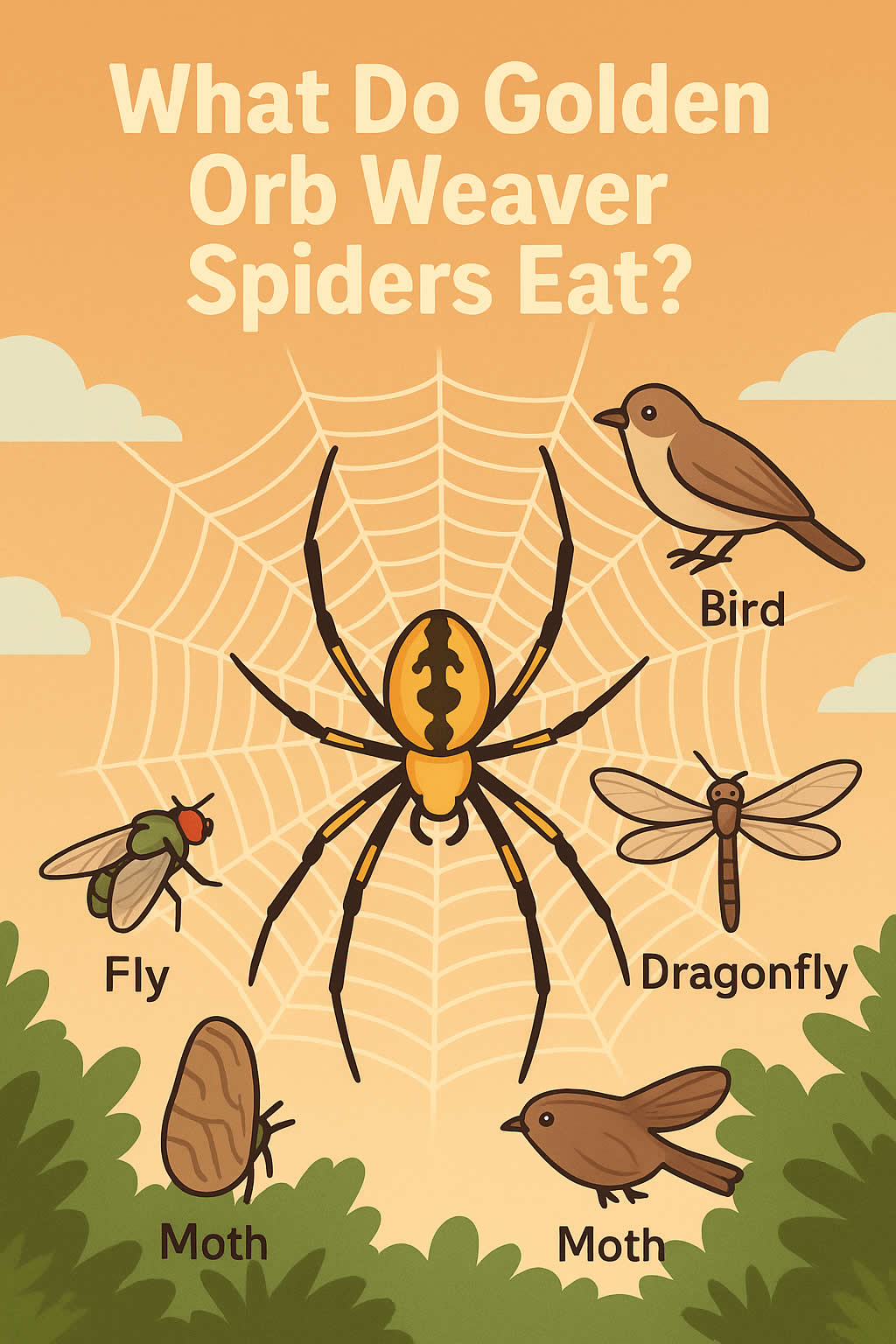Related Queries
ToggleIf you’ve found fleas on your dog, your first instinct is to get rid of them fast. It’s frustrating to watch your dog scratch and bite at their skin, knowing those tiny pests are making them miserable. In that moment, you might start looking around for anything that could help—and that’s when you might come across Sevin Dust. It’s a common product in gardens for killing insects, but can it be used on your dog to get rid of fleas?
The short answer is no—you shouldn’t use Sevin Dust on dogs. While it is designed to kill insects, it’s not made for use on pets and can be harmful to their health. In this guide, I’ll explain exactly why, what happens if it’s used, and the safe alternatives that will protect your dog without putting them at risk.
What is Sevin Dust?
Sevin Dust is an insecticide often used in gardens and around the home to control pests like ants, beetles, caterpillars, and fleas in outdoor environments. It works by targeting an insect’s nervous system, eventually killing it. In the past, it contained carbaryl, a chemical that was effective but also toxic to humans and animals if not used correctly. Many newer versions use different active ingredients, but they are still designed for use on plants, soil, and outdoor areas—not directly on animals.
Even though it can kill fleas, that doesn’t mean it’s safe for every application. What works for your lawn or vegetable patch isn’t necessarily safe for your dog’s skin, coat, or overall health.
Why Sevin Dust should not be used on dogs
The main problem with using Sevin Dust on dogs is toxicity. Dogs can inhale the dust when it’s applied, absorb it through their skin, or ingest it when they groom themselves. Any of these routes can allow harmful chemicals into their system. Depending on the amount and the dog’s size, the effects can range from mild irritation to severe poisoning.
Some of the possible side effects include:
- Drooling and vomiting
- Tremors or seizures
- Difficulty breathing
- Weakness and lethargy
- Skin irritation or burns
Because dogs lick their fur, any chemical you put on them can quickly end up inside their body. In the case of Sevin Dust, that means insecticide going directly into their digestive system, which is not something you want.
Will Sevin Dust kill fleas if used on dogs?
Technically, yes—it can kill fleas. But the risks far outweigh the benefits. Killing fleas this way puts your dog’s health in danger, which defeats the purpose of trying to help them in the first place. Even a small exposure can cause problems, and there are far safer options available that work just as well, if not better, without the risk of poisoning.
Think of it like this: you could use bleach to kill germs on a toy, but you wouldn’t hand that toy to a child straight after. The same principle applies here—just because something works on pests doesn’t mean it’s safe to use directly on your dog.
What should you do instead of using Sevin Dust?
If you’ve discovered fleas, the priority is to treat both your dog and their environment. Here’s a safer, more effective plan:
For your dog:
- Use a vet-approved flea treatment such as a topical spot-on, oral tablet, or flea collar designed specifically for dogs.
- Bathe your dog with a gentle flea shampoo made for pets to remove live fleas and soothe irritated skin.
- Comb through their coat daily with a flea comb to remove any remaining fleas and flea dirt.
For your home:
- Wash your dog’s bedding, blankets, and any soft toys in hot water.
- Vacuum carpets, rugs, and furniture regularly to pick up eggs and larvae.
- Use a pet-safe household flea spray if recommended by your vet.
For your garden:
- If fleas are coming from outdoors, treat shaded areas and resting spots with pet-safe products to reduce flea populations before they reach your dog.
Why treating the environment matters as much as treating your dog
One of the reasons people sometimes turn to products like Sevin Dust is because they see fleas coming from outside or hiding in carpets. But it’s important to understand that only a small percentage of a flea population lives on your dog. The rest—eggs, larvae, and pupae—are in the environment.
If you only treat your dog and ignore the surroundings, new fleas will keep jumping on and biting. This is why combining dog-safe flea treatments with environmental control is the fastest way to break the flea life cycle.
What if your dog has already been exposed to Sevin Dust?
If you’ve already used Sevin Dust on your dog, wash them immediately with warm water and mild pet shampoo to remove any remaining residue. Rinse thoroughly. Contact your vet straight away and explain the situation, even if your dog seems fine—symptoms can take time to develop.
Watch for signs of toxicity such as excessive drooling, vomiting, tremors, trouble breathing, or weakness. If any of these appear, seek emergency veterinary care.
Are there any situations where Sevin Dust is safe to use around dogs?
Sevin Dust can be used in certain outdoor areas if you follow the product’s safety instructions carefully and keep your dog away until the treated area is completely dry or the recommended waiting time has passed. For example, you might use it in a garden bed to control pests, but you’d need to block your dog’s access to that area until it’s safe.
It should never be applied directly to your dog’s fur, skin, or bedding.
What are the best safe alternatives to Sevin Dust for killing fleas on dogs?
There are many options that are not only safer but also more effective at keeping fleas away long term:
- Spot-on treatments like fipronil or imidacloprid-based products, applied monthly to kill fleas and prevent new ones from hatching.
- Oral flea tablets that work systemically to kill fleas quickly and provide ongoing protection.
- Flea collars with active ingredients designed for sustained release over weeks or months.
- Vet-prescribed combination treatments that cover fleas, ticks, and sometimes internal parasites all in one.
Each of these has been tested for safety in dogs and has clear dosage instructions based on your pet’s weight and age.
How can you prevent fleas from coming back?
Once you’ve dealt with fleas, prevention is much easier than cure. Keeping your dog on a regular flea prevention schedule is the simplest way to avoid future infestations. Alongside that, it helps to:
- Vacuum your home weekly, focusing on pet resting spots.
- Wash bedding regularly.
- Check your dog’s coat after walks, especially if they’ve been in grassy or wooded areas.
- Treat all pets in the household at the same time to prevent fleas hopping between them.
Why quick action makes a difference
Fleas reproduce quickly—an adult female can lay up to 50 eggs a day. In warm, humid conditions, those eggs can develop into biting adults in just a couple of weeks. This means that a delay in treatment can turn a small problem into a much bigger one before you realise it. Acting as soon as you spot the first signs saves your dog from ongoing discomfort and makes it far easier to bring the situation under control.
Final thoughts
Sevin Dust might work for killing insects in the garden, but it doesn’t belong on your dog. The risks of poisoning and serious health issues far outweigh any potential benefit. Thankfully, there are plenty of safe, effective flea treatments made specifically for dogs, and when combined with environmental control, they can clear up a flea problem quickly.
If you’re dealing with fleas right now, focus on proven pet-safe options and make sure you treat both your dog and their surroundings. That way, you’ll get the relief you’re looking for—without putting your dog’s health in danger.
Pest Control Salph End – Pest Control Studham – Pest Control Renhold
